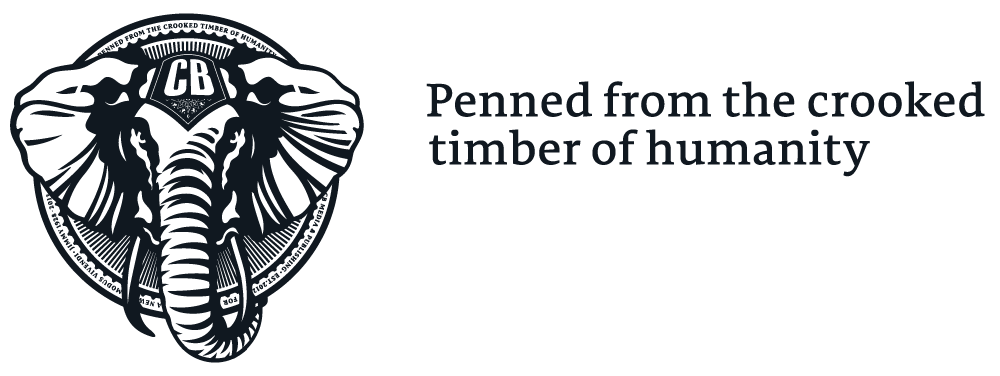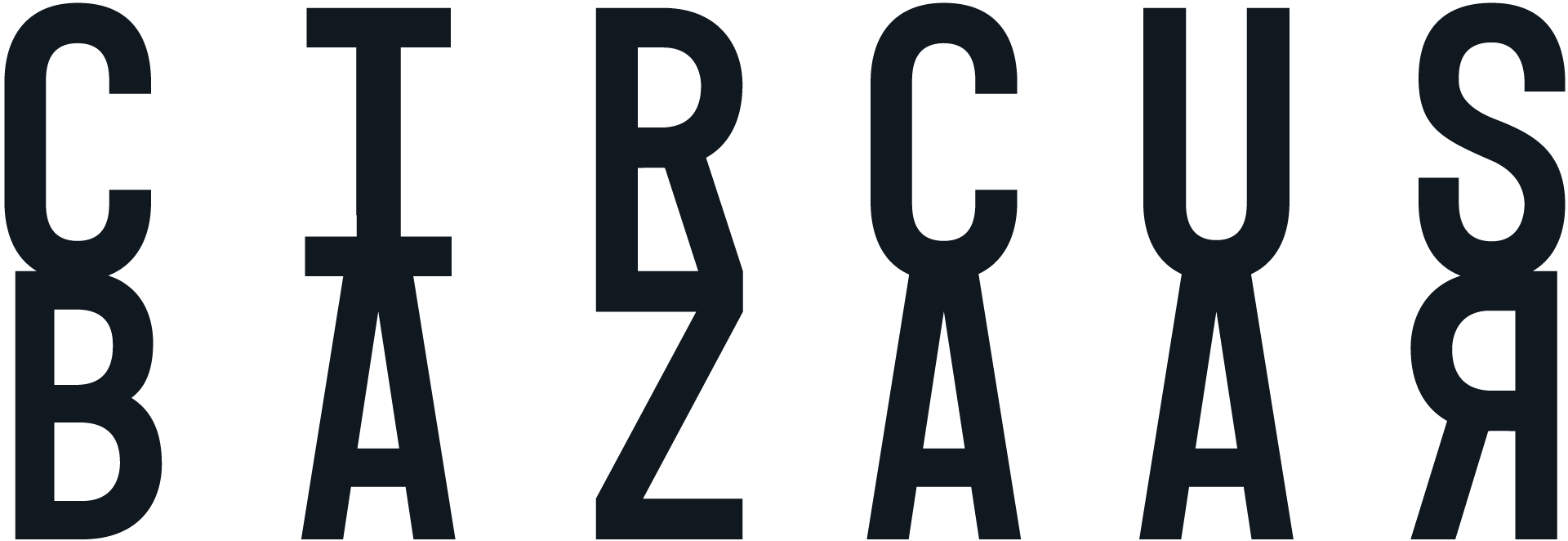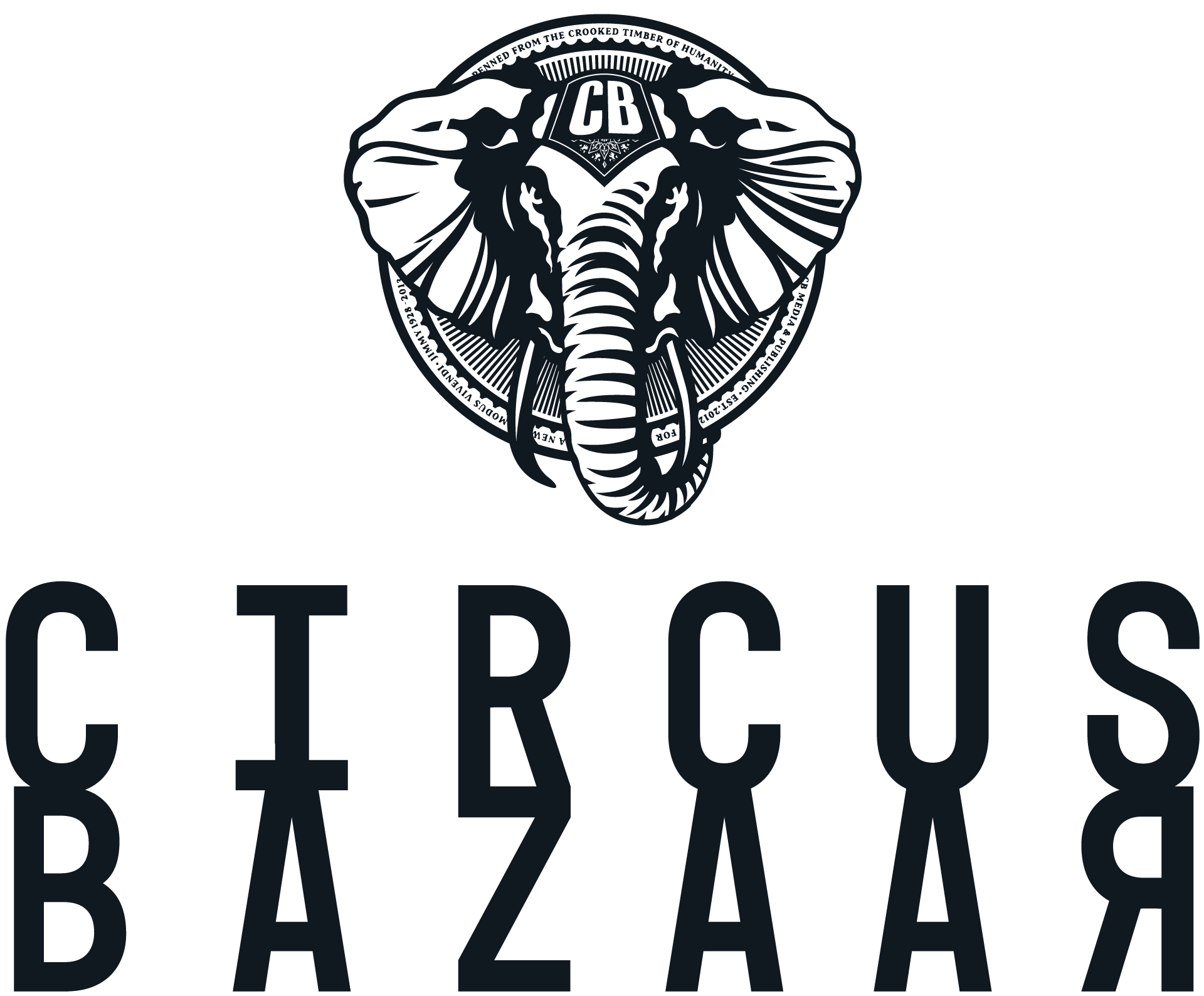The world changed in 2007. It’s hard to imagine now, but there was a time before smartphones. The breakthrough device, of course, was the iPhone. We’d had constant availability, whether through Blackberries, HTC devices or Nokias before then. But the iPhone brought with it a platform that permitted the development of range of other tools—apps—plus means of accessibility. Others, naturally, copied it and built new business models that have changed our societies. The ‘dark side’ of such availability, and apps tailored to our immediate needs, was the quantification of the human. Through our use of apps into which we add information about ourselves, on devices with geolocation, we generate data that in turn is collected by the companies that build platforms and the hardware. Consequently, each of us is reduced to data that exposes our physical presence, our social connections, the state of our health, our patterns of behaviour, and our very thoughts and aspirations to a range of commercial interests—some apparent, many less so—and beyond them, to a range of other organisations, including criminal groups and governments.
Our devices devour our attention, too. We are constantly distracted by the dopamine hits from checking email, checking threads of discussions on messaging apps, or the latest photos from our friends or ‘influencers’. It’s not unlike the constant attention one must pay a particularly demanding toddler, but it also shapes our behaviour. As such, and precisely because it is as untameable as a recalcitrant toddler, it can prove life-threatening rather than life-enhancing.1
The idea that the human can be separated and divorced entirely from technology is unrealistic. Technology is fundamentally a human artefact; its use reflects human values, human motives and human priorities. So, in the modern world, rather than seeking to treat technology, data and devices as something separate—and easily separable—from the human, perhaps a better way is to think of them as intrinsically tied to our concept of the individual, of the self.
Doing so would allow for a more sophisticated discussion about personal rights, for freedoms, for the right to sanctuary and the ability to express oneself, and contest ideas, without fear or favour based on now-outdated concepts of property, artefacts and carriage. It may also help to build better technology better suited to the limits of human cognition. Further, it’s evident that in a digital democracy, we need better ways to consider what a citizen is, with regard to their rights, roles and responsibilities, including their relationship with governments and commercial entities. There are few appropriate concepts ready to hand. But fiction offers some help. For example, we could think of our relationship with our data and our devices by drawing on Philip Pullman’s His Dark Materials trilogy.2
In those books—the first dramatised as a movie,3 and subsequently launched as an HBO/BBC1 series4 —each human has their own daemon. These daemons are the external representation of their person’s inner self. Daemons may manifest in different physical forms until a person reaches their maturity, whereupon they settle on one. To touch another person’s daemon is taboo: even in battle soldiers will avoid touching the daemons of others. But daemons themselves can interact with, or attack, another daemon.
Separation from a daemon causes discomfort for short distances, over a few metres or so, increasing to real physical pain for longer distances. Excision, the complete cutting of the link between a person and its daemon, is one of the most evil things that can be done. After excision, the person is lesser than before, often left without personality, while the daemon is left a ghost, constantly seeking but unable to receive comfort.
There are some parallels with our modern world. Most of us have a digital shadow—not quite a twin, but part of who we are—that is located in the internet and on our devices. These shadows are a combination of data, information, our virtual expressions and online behaviours, and increasingly our own peculiar twists on algorithms. Our means of accessing, transforming and interacting with that digital shadow may, like daemons before their human partners reach maturity, change shape, from iPhones to Android devices. But the essential character of our digital shadow, like daemons, remains the same.
In normal human company, it’s polite to ask before touching another’s device—a rare request—which reflects norms we have developed over time and echoes Pullman’s taboo about touching another’s daemon. But our current reality is that in cyberspace, we are forced to sign inscrutable, choice-free terms and conditions, assigning our personal data—representations of ourselves—and our rights to companies. Governments, too, encroach into the same space—exerting control over personal data and digital rights, even our identity—in the name of safety and security.
And we have little choice: in a digital society and economy we cannot live effectively without that digital presence and persona. It’s how we access banking, government services, health information, friends and family, emergency warnings, and so on. COVID-19 has exacerbated that dependence. Lockdowns and distancing meant working from home and using internet services, for primarily white-collar workers. This has led to the further intrusion of work time, school time, and company systems into personal and family lives. As we move out of lockdowns, we now are required to use our devices to sign in, to gain access, to justify our presence, wherever we go, leaving digital trails for governments, and others, to follow.
Further, separation from devices can cause anxiety, distress and impaired cognition;5 the loss of a device can mean we lose aspects of ourselves, that which we have privileged to or recorded on that particular device. This is part of the concern too around cybersecurity: the loss of operational devices and corruption of personal and organisational data, at scale, may well cause disruption at the societal level.
We have yet to build the norms that protect our identity, our data, our aspirations, and even our own algorithms in the digital world. These live, like daemons, in both the real world and a netherspace—an equivalent to the supranational cloud—that’s outside the normal experience of people or institutions. Nonetheless, we need to find a way to recognise our digital shadows, and enable those parts of our being—our personal data, applied algorithms, our thoughts, our social relationships and interactions, and the technology housing them—to be recognised as our own and protected irrevocably.
Sure, evoking daemons is an artifice. But doing so may help coalesce some of the debate around data, devices, and the individual’s rights and freedoms on the internet, giving us a means through which we can coherently manage our relationships with the tech platforms, data collectors, algorithm developers and governments, as fully enfranchised citizens. It may also help us define and seek personal sanctuary—the right to privacy, exclusion from surveillance, a sphere of personal safety in the digital world, and our fundamental right to self-definition and our own identity, whether in the physical or the digital world.
- John Spencer, ‘The Perils of Distracted Fighting,’ Wired, October 9, 2019, https://www.wired.com/story/the-dangers-of-distracted-fighting/.
- See https://www.philip-pullman.com/hdm
- https://www.imdb.com/title/tt0385752/
- https://www.imdb.com/title/tt5607976/
- Amit Chowdhry, ‘IPhone Separation Anxiety Hinders Cognitive Abilities, Says Study,’ Forbes, January 13, 2015, https://www.forbes.com/sites/amitchowdhry/2015/01/13/iphone-separation-anxiety/.









